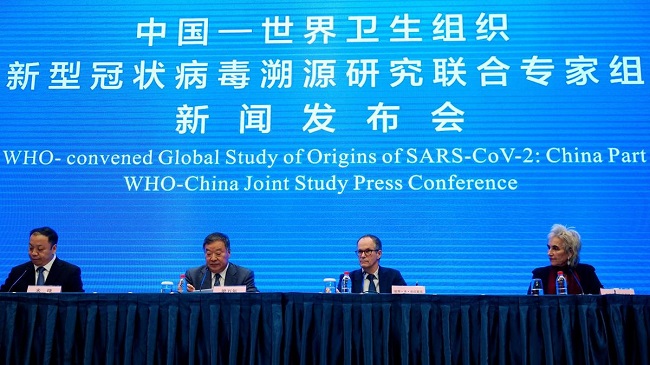Bats and pangolins are certainly not the animal reservoir of the Coronavirus (COVID-19), since the coronaviruses identified in these species are not sufficiently similar to SARS-CoV-2, according to Liang Wannian, a Chinese expert from Tsinghua University.

Liang said this on Tuesday, February 9, 2021 at a news conference of the World Health Organisation’s expert team.
“Coronaviruses most highly related to SARS-CoV-2 are to be found in bats and pangolins, suggesting they could be the reservoir of the virus that causes COVID-19.
“This is on the basis of high similarity and sequences between the standard viruses and SARS-CoV-2.
“However, the viruses identified so far from neither of these species are sufficiently similar to SARS-CoV-2 to serve as direct progenitor of the SARS-CoV-2,” Liang added.
Severe Acute Respiratory Syndrome Coronavirus 2 (SARS-CoV-2) is the virus that causes COVID-19, the respiratory illness responsible for the coronavirus pandemic.
Colloquially known as simply the coronavirus, it was previously referred to by its provisional name, 2019 novel coronavirus (2019-nCoV), and has also been called human coronavirus 2019 (HCoV-19 or hCoV-19).
Liang also stated that the Coronavirus (COVID-19) infections existed outside China’s Huanan seafood market back in December 2019, although it served as focus for virus transmission.
“While some of the early cases had an association with the Huanan seafood market, others were associated with other markets, and other cases had no markets association at all.
“It is likely that the Huanan seafood market acted as a focus for transmission of the virus, but there are also transmissions appearing to have the occurrence elsewhere in Wuhan at the same time.
“This is our basic judgment, it is not possible on the basis of the current information to determine how Severe Acute Respiratory Syndrome Coronavirus 2 (SARS-CoV-2) was introduced into the Huanan market,” Liang said.
